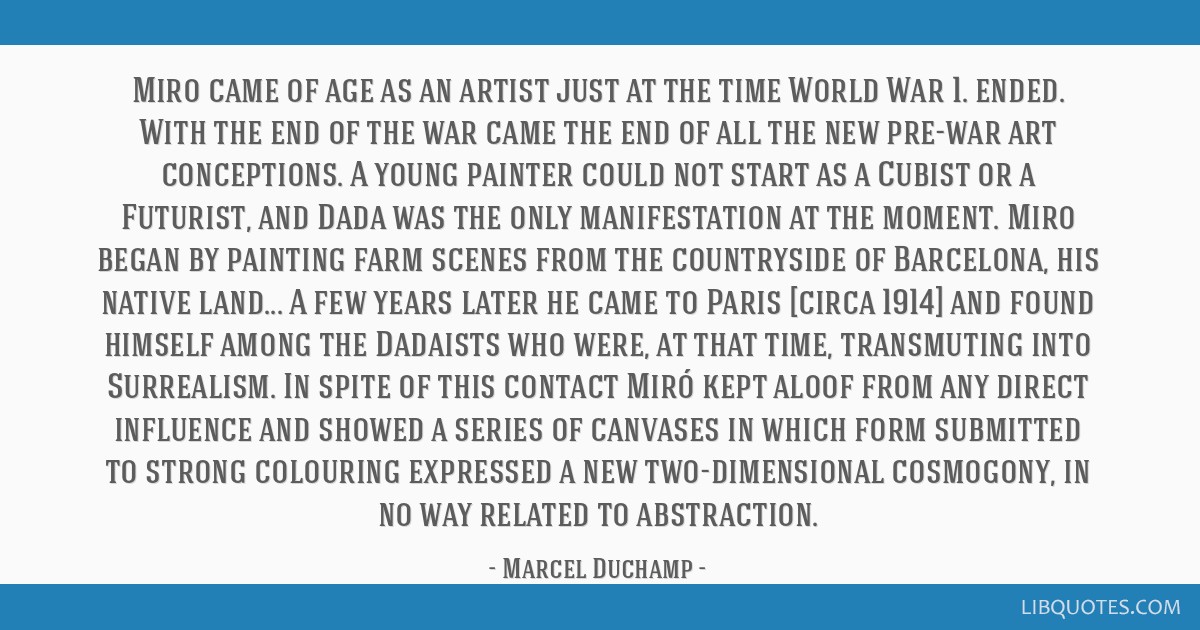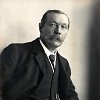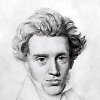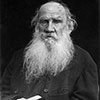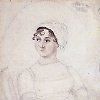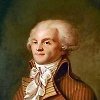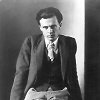Miro came of age as an artist just at the time World War 1. ended. With the end of the war came the end of all the new pre-war art conceptions. A young painter could not start as a Cubist or a Futurist, and Dada was the only manifestation at the moment. Miro began by painting farm scenes from the countryside of Barcelona, his native land... A few years later he came to Paris [circa 1914] and found himself among the Dadaists who were, at that time, transmuting into Surrealism. In spite of this contact Miró kept aloof from any direct influence and showed a series of canvases in which form submitted to strong colouring expressed a new two-dimensional cosmogony, in no way related to abstraction.
In: 'Appreciations of other artists': Joan Miro (painter, sculptor author) 1946, by Marcel Duchamp; as quoted in Catalog, Collection of the Societé Anonyme, eds. Michel Sanouillet / Elmer Peterson, London 1975, pp. 143- 159
